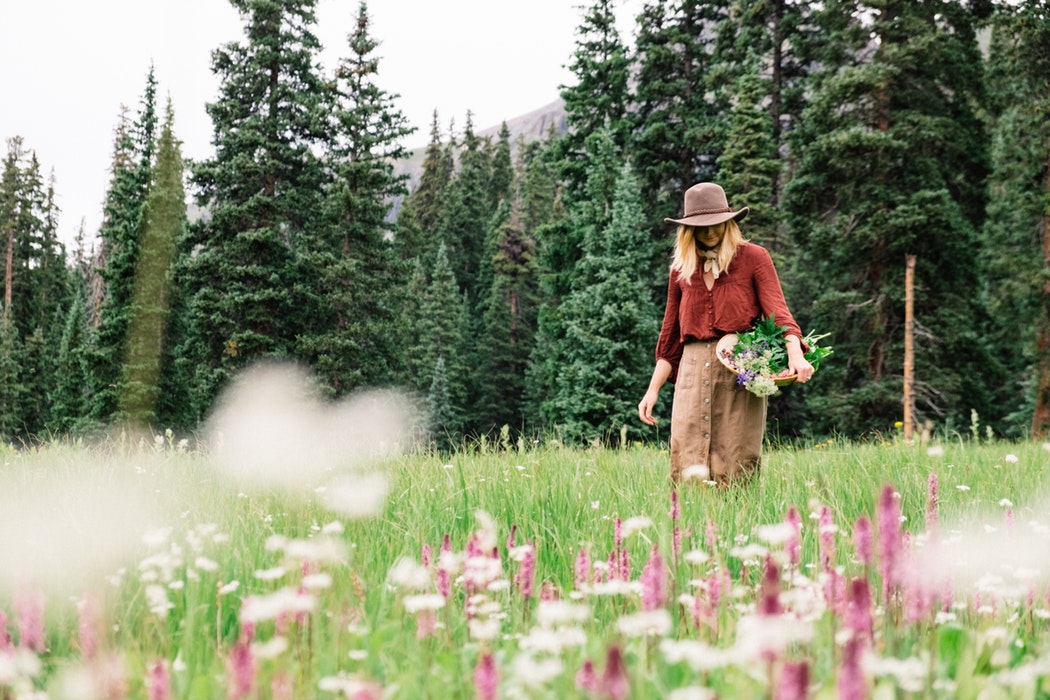All you need to know before foraging for food in the wilderness

Let’s imagine that one day you get lost in the wilderness, and you have nothing to eat. You will be okay for few days, but then your body will need to get some sustenance of some kind. You will be surprised how many plants and creatures out there are actually edible and can help save you from starving. If you are not an experienced survivalist, and you have no clue where to look for food in the wilderness, follow these useful tips and have them in mind when you go hiking, camping, or backpacking in the wilderness.
Insects

If you are a city person that has no idea how to hunt or catch a fish, then it will be difficult for you to rely on any kind of big prey. That’s why it will be more useful for you to learn which insects are edible and where to find them. At first you might dislike eating bugs, but if it’s your only choice, then you will be grateful to have a grasshopper dinner.
Crickets, grasshoppers, termites, ants, slugs, snails, and earthworms are the most secure kinds to eat. All you need to do to provide your food is to turn over a rock or a rotten log and see what’s living underneath. Catching insects is often way easier than catching a fish or hunting a rabbit.
Avoid all spiders because you never know which ones are poisonous. If you see an insect with bright colors, keep away. If the insect has more than six legs, hair, and bright color, avoid it. You can eat scorpions though, but only after cutting off their venomous tail first, and then roasting them. If you decide to do it, be extremely careful.
Research which plants are edible before heading to your adventure
You need to do your homework before going to the wilderness and do some serious research on edible plants. Plants can be even trickier than insects because many of them have poisonous doubles. For example, yarrow is a flowering, medicinal plant very similar to the toxic water hemlock. If you don’t learn how to distinguish between these two, it can endanger for your life. When visiting a new area, find out what the indigenous people from that region eat. If you learn how to recognize one or two edible plants, that can save your life and give you strength to keep searching your way to the safety.
Stay away from bright colors

Remember that this rule applies to everything, so that means plants, insects, amphibians, marine animals. The bright color is warning you that you’re looking at something that is most probably poisonous. The dart frog is a perfect example of a venomous creature that looks beautiful, it’s easy to spot, and might even taste good. The poisonous dart frog lives in the rainforest, so be careful if you ever find yourself tempted to eat one.
You can eat birds if you manage to catch them
It’s good to know that you can eat all birds, as long as you pluck and cook them. The bad news is they are hard to catch. However, if you manage to trap one, you don’t have to worry about your survival. All birds are a great source of protein, so take your pick if you want to eat a pigeon, a crow or a seagull.
Cook your food if you can

No matter how hungry you are, you need to cook whatever it is you’re planning to eat. One of the main reasons why it’s crucial to cook the food in the wilderness is to kill any parasites. Also, cooked food uses less energy to digest, which is good for you and your body.
If you have any comments then please drop us a message on our Outdoor Revival Facebook page
If you have a good story to tell or blog let us know about it on our FB page, we’re also happy for article or review submissions, we’d love to hear from you.
We live in a beautiful world, get out there and enjoy it. Outdoor Revival – Reconnecting us all with the Outdoors.
